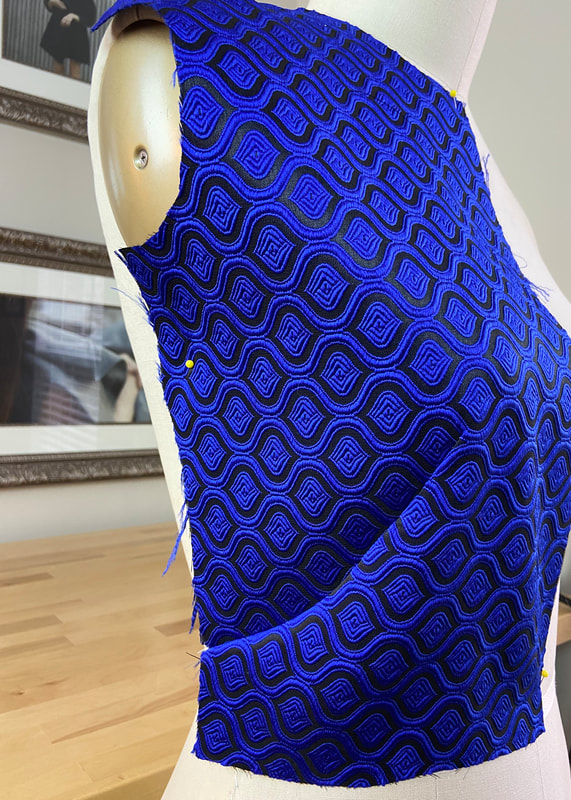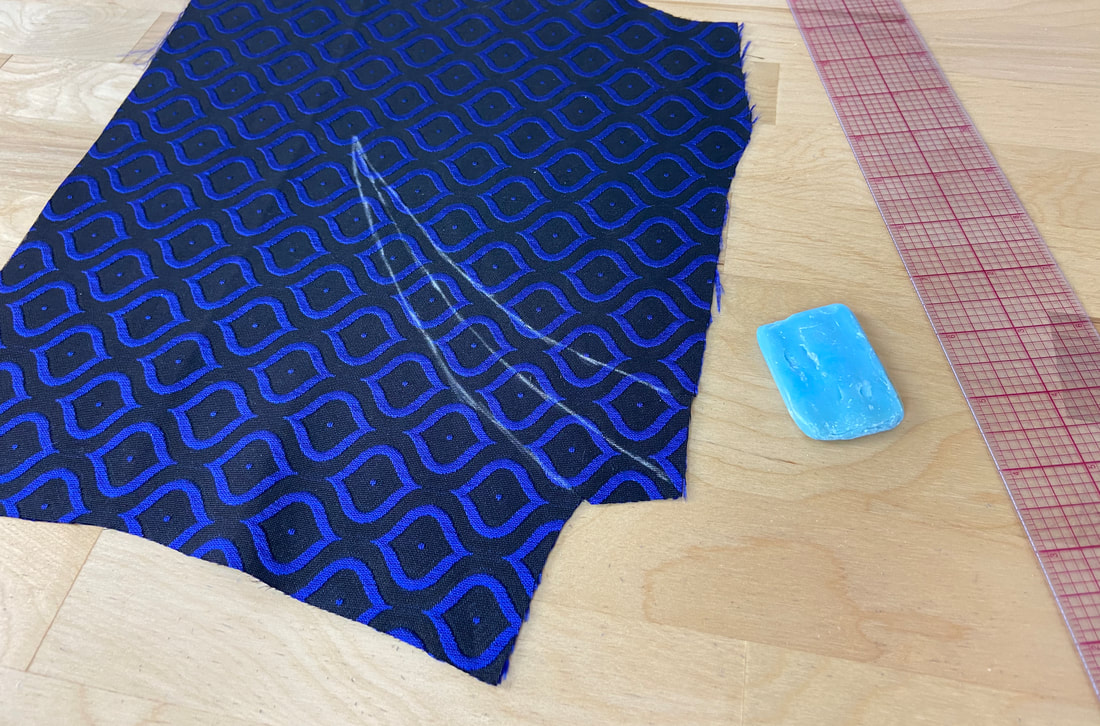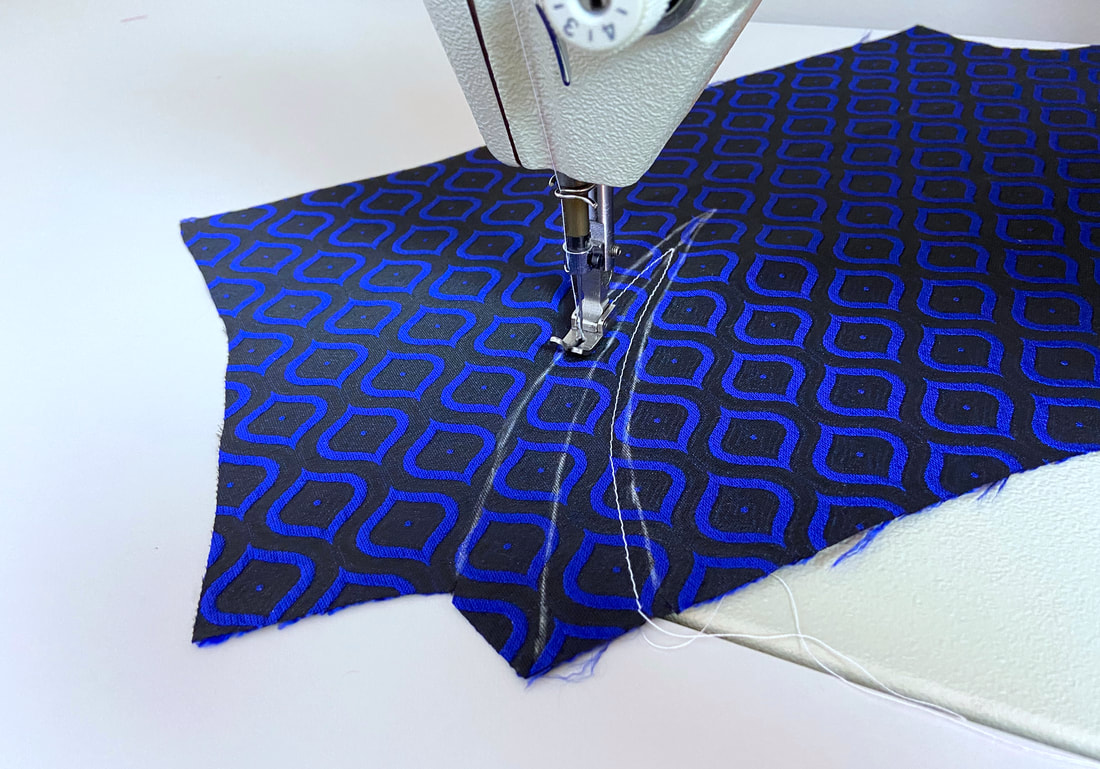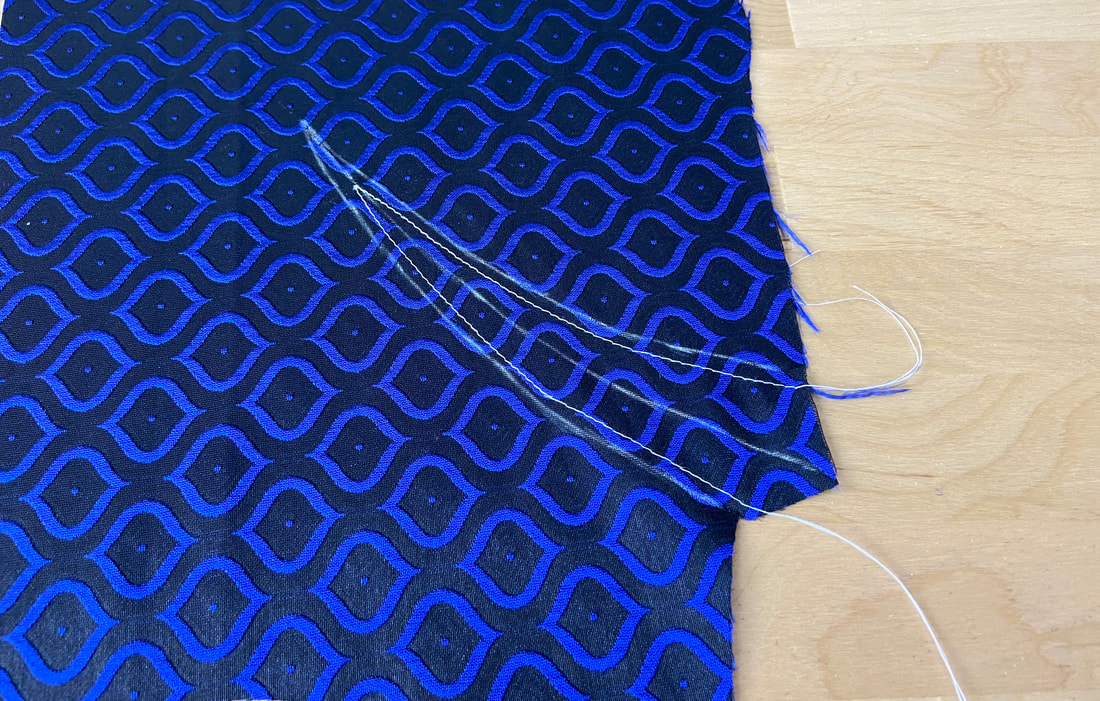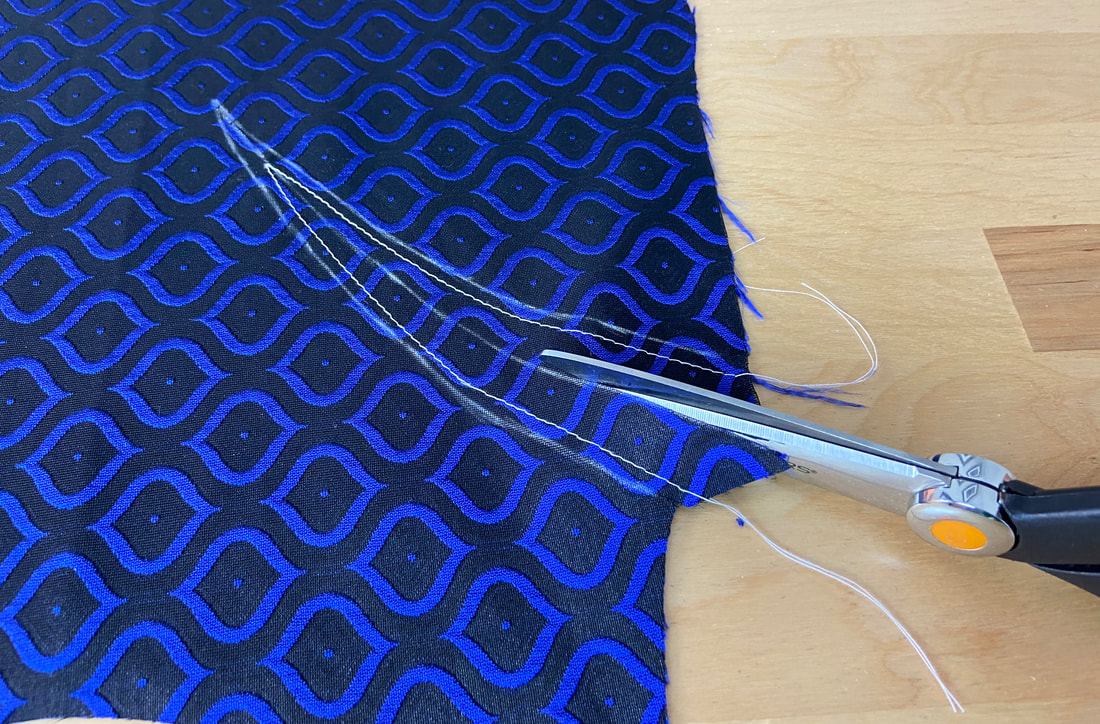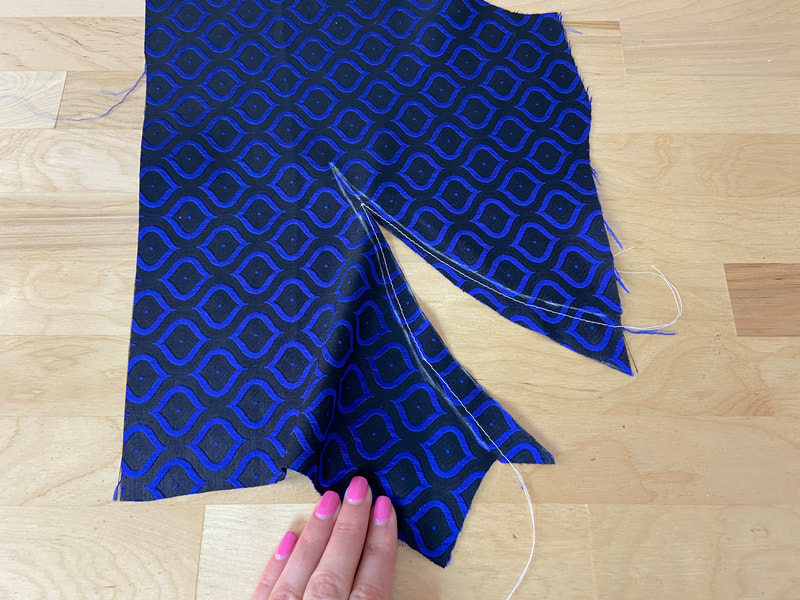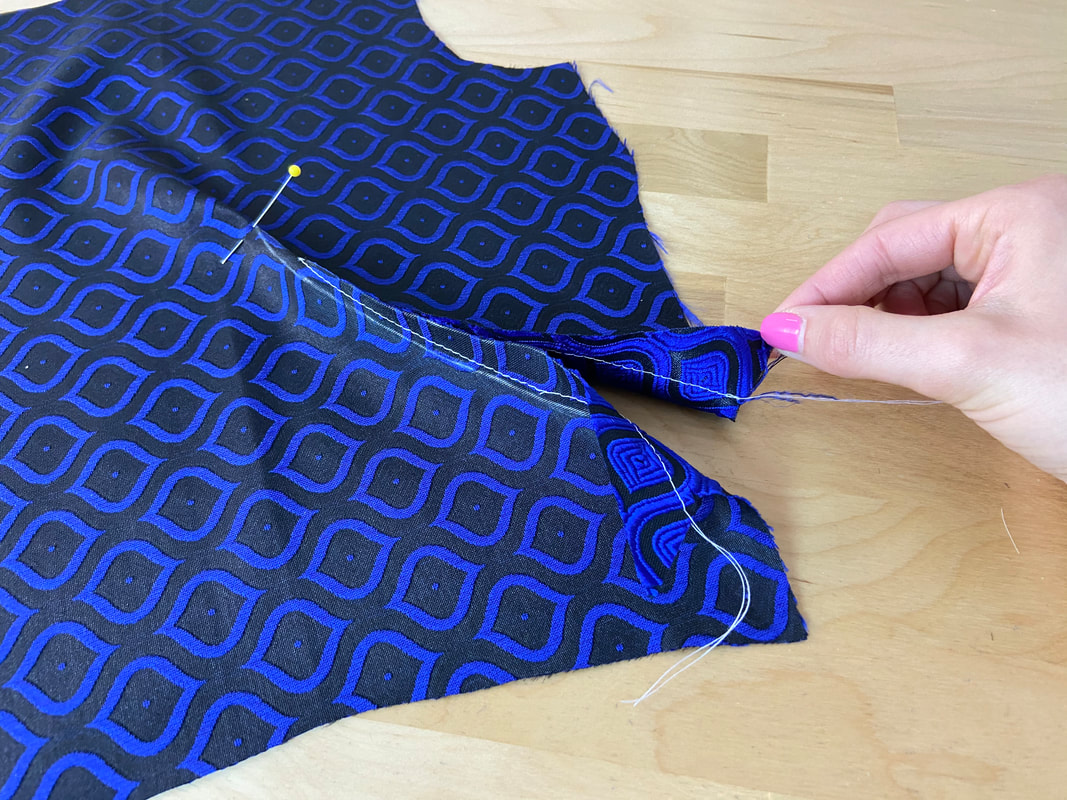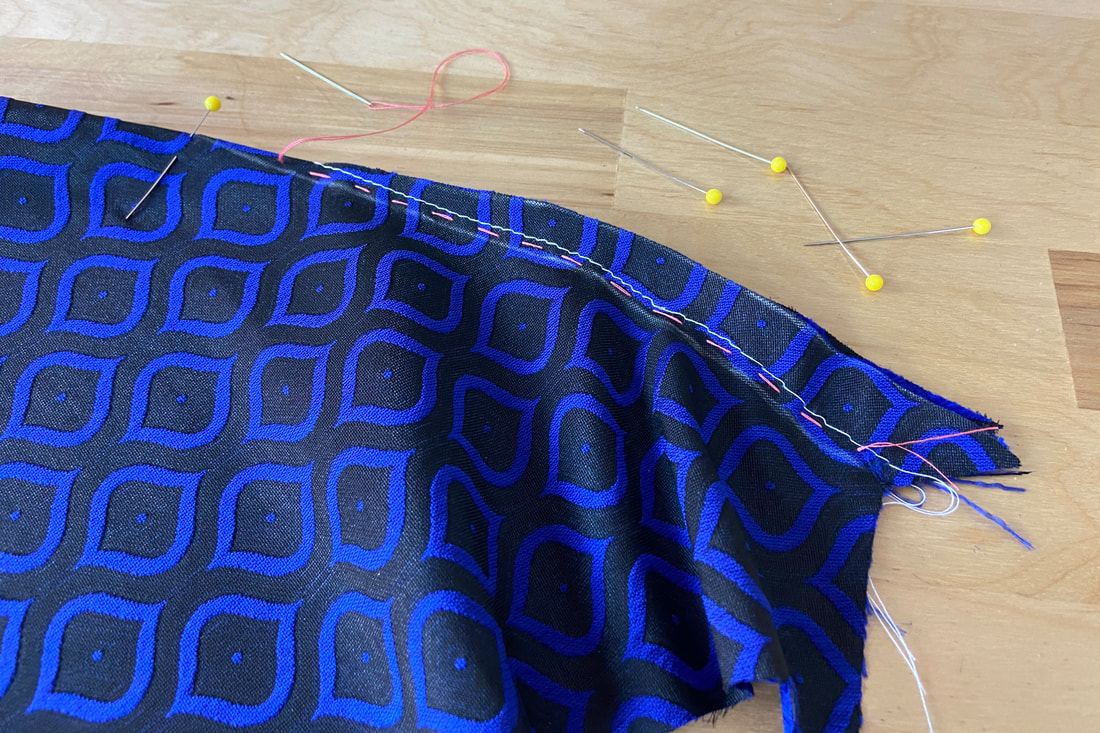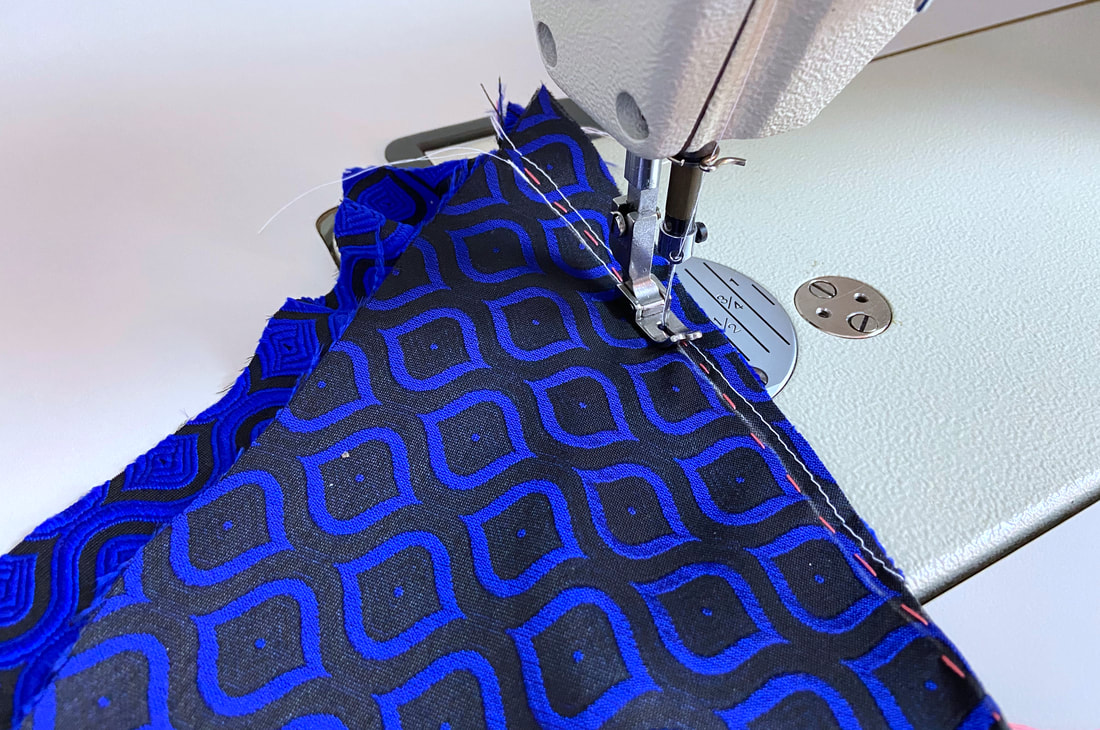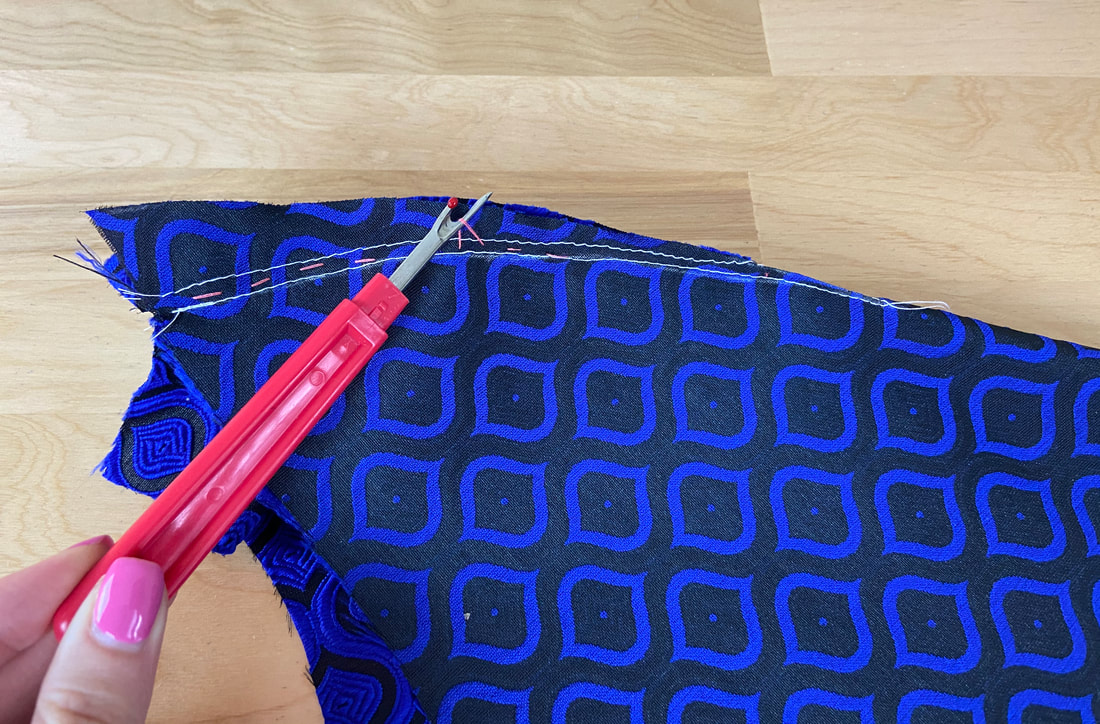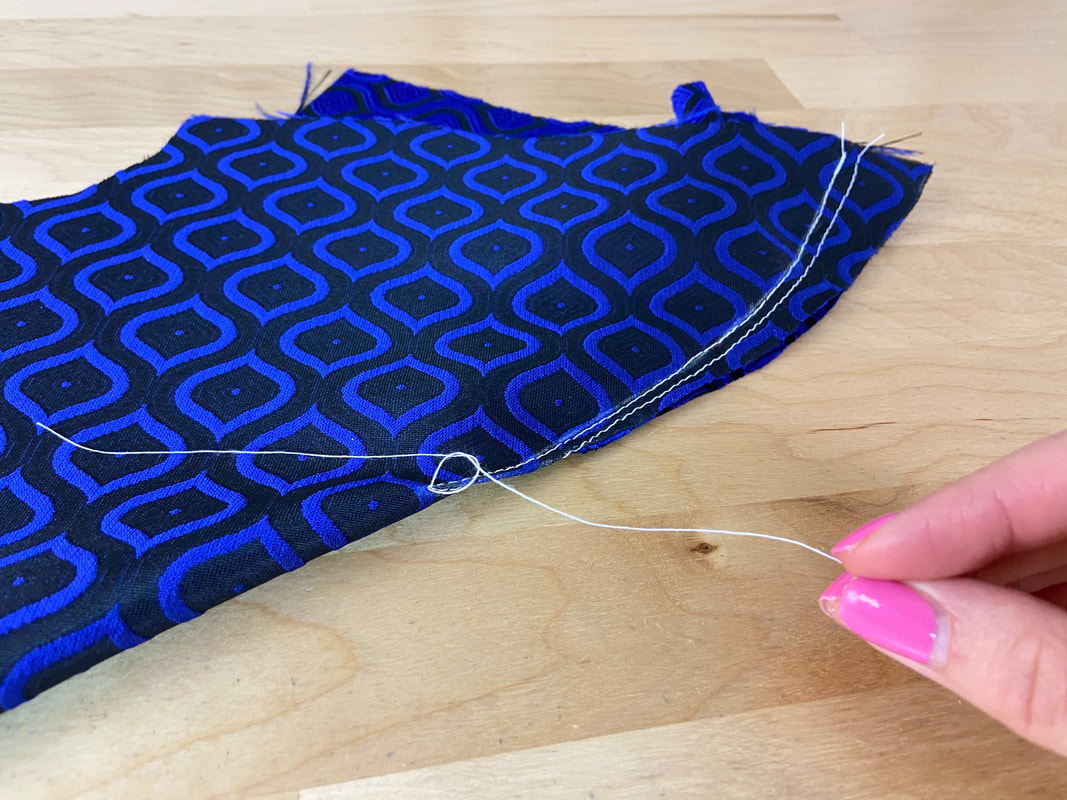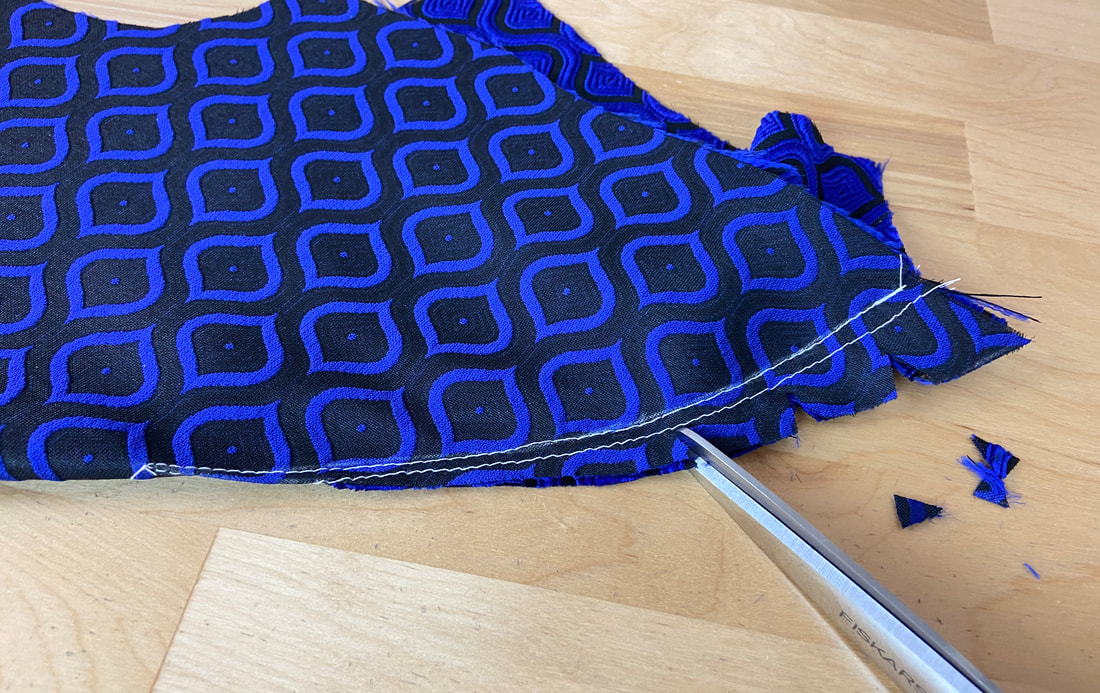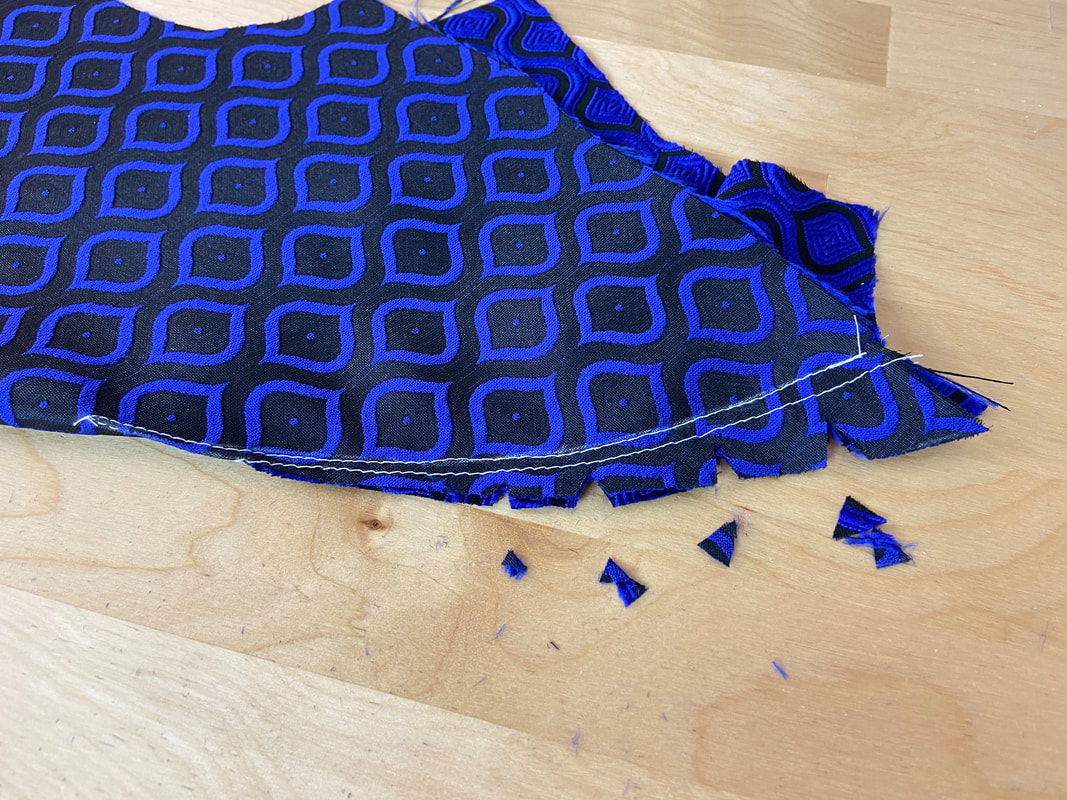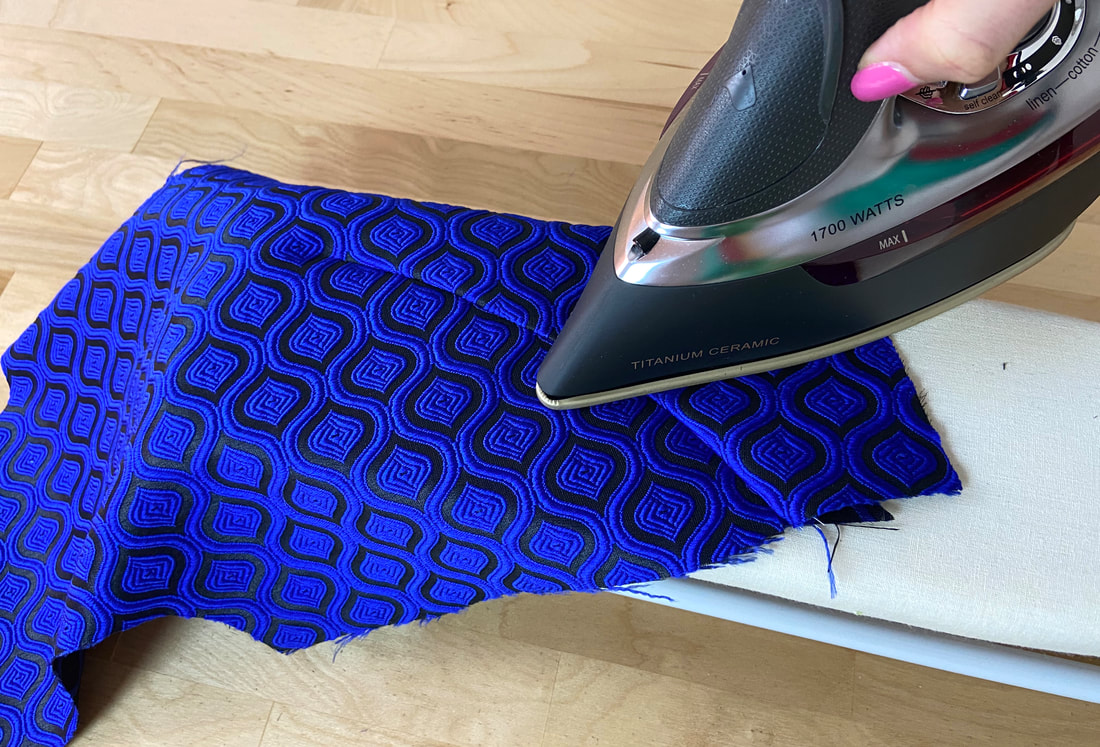What Are French Darts
French darts are unique dart styles, not as commonly encountered as single-pointed or contour darts. They extend diagonally from the side seam to the bust or hip area either in a straight or curved line.
French darts are always located on the front of the garment, never on the back. They have a unique construction process requiring that the dart excess be cut prior to machine stitching them. Especially in the case of curved French darts, slashing down the dart excess facilitates the process of properly aligning the dart legs.
Just as is true for any dart style, French dart lines and their corresponding notches (located within the seam edge) need to be transferred from pattern onto fabric prior to beginning the sewing process.
The transfer process is called marking and is required for all darts. The marking method you chose should be based on what is most appropriate for your fabric. If you are able to choose equally between multiple transfer methods, use the technique that you prefer/enjoy most or the one using tools most available to you.
Sewing A Curved French Dart
1. Using the transferred dart lines as a guide, add a stitch to replicate the marked shape of the dart at about 1/8” from the marked dart lines and 1” away from the dart vanishing point as shown.
The stitch should be placed within the excess of the dart.
This is called staystitching and its purpose is to preserve the durability and structure of the dart after the excess is slashed and clipped in the steps to follow. The dart’s center fold line should remain at the center of the applied staystitching.
2. Cut down the center line from the widest part of the dart to the point created by the staystitching. Slashing the French dart excess will provide an easy way to correctly match the dart stitch lines prior to stitching the dart.
3. Match the dart lines to each other such that they overlap perfectly from seam edge to dart point. In this process, the fabric face sides should be touching.
Due to the curved nature of the edges you may have to force the fabric layers in place a bit. It helps to insert pins as you align. If your patterns provided matching points along the dart legs, be sure to align them properly in the process.
4. Hand baste the folded dart next to the staystitching but not directly on the marked dart lines as shown. Hand basting is important for curved French darts as it provides an extra layer of stability during the machine stitching process to follow.
5. Starting at the seam edge (widest part of the dart), stitch directly on top of the marked dart lines ending at the vanishing point.
Once machine stitched, remove all hand basting stitches using a seam ripper.
6. Instead of backstitching, knot the loose threads at the dart vanishing point.
7. Clip wedges into the dart excess from the cut edge to, but not through, the staystitching as shown. Be careful not to accidentally clip through the actual stitch.
The wedge notches will add flexibility within the dart excess and allow the curved dart to lay flat in the final application.
8. Press the finished dart with the excess pointing downward. In this case, it is easiest to iron darts from the garment's face side.
Note: Always use a protective cloth to shield heat sensitive fabrics.

